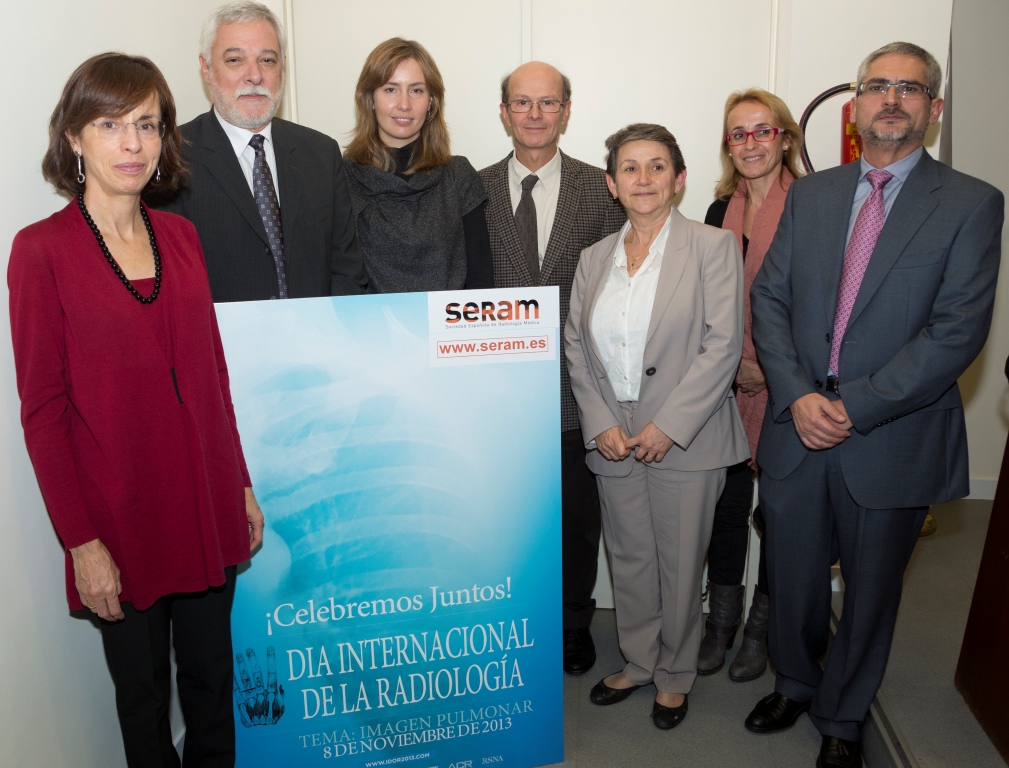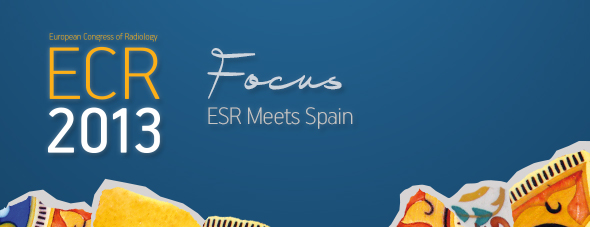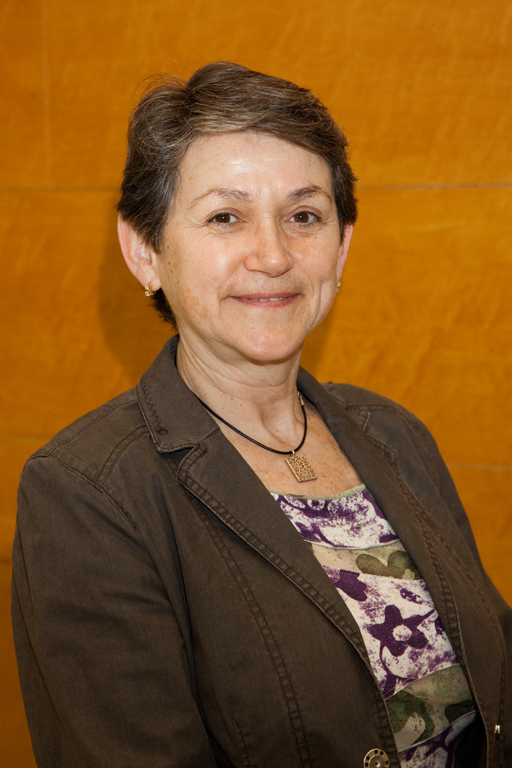
ESR staff writer Mélisande Rouger was in Madrid on November 8 and took the chance to catch up with members of the Spanish Society of Medical Radiology (SERAM) celebrating the International Day of Radiology.
Fans of medical imaging celebrated the 2nd International Day of Radiology (IDoR) on November 8, with many events taking place all over the world. More than 100 radiology-related societies observed the day and organised their own events, including SERAM, who held a well attended public event at the headquarters of the Spanish Association Against Cancer, in Madrid.
IDoR, which was launched by the European Society of Radiology (ESR), the Radiological Society of North America (RSNA) and the American College of Radiology (ACR) last year, aims to bring radiology closer to the public. This year’s theme was lung imaging, and Spanish radiologists provided clues on how to highlight the role of the radiologist in lung disease management in their lectures last Friday.

From left to right: Dr. Inmaculada Herráez Ortega, Dr. Angel Gayete Cara, Ms. Elena Serrano García, Dr. Joaquin Ferreiros Dominguez, Dr. Carmen Ayuso Colella, Dr. Eva Castañer Gonzalez and Dr. Jesus De La Torre Fernandez.
Photo courtesy of SERAM.
Read more…

Spain, home to ECR 2013 president, Professor José Ignacio Bilbao, will be a guest of honour at the ‘ESR meets’ programme next March, at the European Congress of Radiology in Vienna. The European Society of Radiology (ESR) spoke with Professor Carmen Ayuso, president of the Spanish Society of Medical Radiology (SERAM), ahead of the session, which will focus on ischaemic stroke, aortic aneurisms and hepatocellular carcinoma imaging, as well as the general state of radiology in Spain.

Professor Carmen Ayuso from Barcelona, president of the Spanish Society of Medical Radiology (SERAM)
The European Society of Radiology (ESR): What are the latest advances and remaining challenges in ischaemic stroke imaging?
Carmen Ayuso: The latest advances in this field are the generalised use of diffusion-perfusion and perfusion CT in evaluating the penumbra area in stroke patients, and the selection of good candidates for endovascular rescue after endovascular treatment failure. The accurate measure of the real penumbra volume based on these techniques and their accurate correlation with clinical evolution remain a challenge.
Read more…



